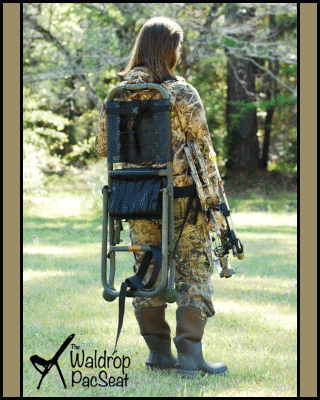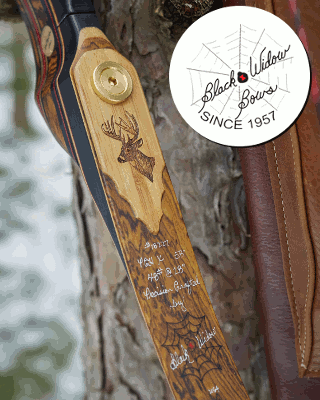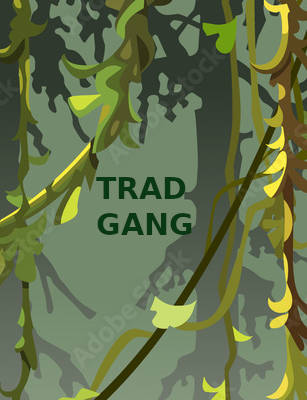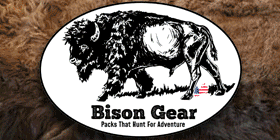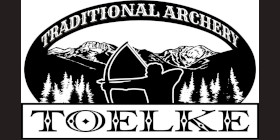Clay,
I have to disagree about the growing grain. The grain does not grow unless you raise the temp 100-150 degrees above critical. If you are careful with your heat, you can repeat the quench two or three times and, yes, some feel this is beneficial. The grain may or may not reduce further in subsequent quenches, but it seems to do something to the moleculular structure to toughen the blade. When you think about it, that is what you want in a test blade.
If indeed you raised the temperature enough in the quenching heat/heats to grow the grain, you are just spinning your wheels. That is why control is so very important.
I think of it like this: There are 3 ranges in which you work the steel.
1-Welding heat, which grows grain,
2-forging heat, which grows grain,
3-and heat treat temps, which should not grow the grain.
Thermocycle between 2 and 3 to bring the grain size down and prepare it for hardening. There are other steps that can be done, of course. Speroidizing, annealing, etc. but these 3 basic temperature phases have to be understood to know how to control it.

